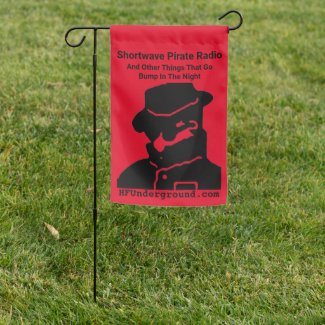My english still very bad, but i should tell here about my experiments.
Your English is good enough to write this, which is reasonably high. I can see that you paid attention in English class.

Common mode noise i measure between PC case and grounding in 9 floor building via 10:1 voltage divider - almost 13 volts.
http://hoshinokoe.ru/files/0ARTICLES/common_mode/interf_pc_case.jpg
OK, understood, however, I don't think that this is completely unusual and don't take this as positive proof that you have "a lot of noise". Your photos of the SDR screen do indicate that there is quite a bit of 1-30 MHz noise but I would not say that the oscilloscope image is indicative of the SDR waterfall images. That is, one does not necessarily lead to the other.
A few things to note:
1) Oscilloscope probes that are not grounded will often pick up (receive) noise like this.
2) I believe that you have connected the oscilloscope probe to a AC to DC power inverter output (but without a ground connection?). Understand that this output should be a high impedance node for anything above ~10 KHz (because the parasitic L increases the output impedance at higher frequencies), making the DC cable a very nice antenna, so the oscilloscope (which also has a high impedance input) will pick up quite a bit of noise from everything in the general area.
3) I think that the oscilloscope may not be connected to the same AC mains outlet (220V outlet) as some of the other items on your desk. This can create a ground loop that can create enough noise to show up on an oscilloscope by virtue of the different ground voltages at frequencies greater than DC.
4) The oscilloscope probe is ~30 cm from the computer screen and there are likely many power inverters within ~1 meter of the probe.
So, again, it looks ugly but I wouldn't make a lot of decisions about what to do about it based upon this measurement that you show.
I still not measure this long balun, but it seems t be its better then only miniature transformer.
Today i made a Austin tranformer for HF to measure its reactance for common mode.
http://hoshinokoe.ru/files/0ARTICLES/balun_for_SWL/Austin_trans_isolation.jpg
...
Now i use "long" balun with my personal sdrs and parallel with web-sdr on my personal webpage.
You may want to consider using two antennas (e.g., the 8m wire and the 30 m wire) and a variable phasing network to be able to rotate (change) the phase of the two wires relative to each other to attempt to partially cancel some of the noise by making it out of phase.



